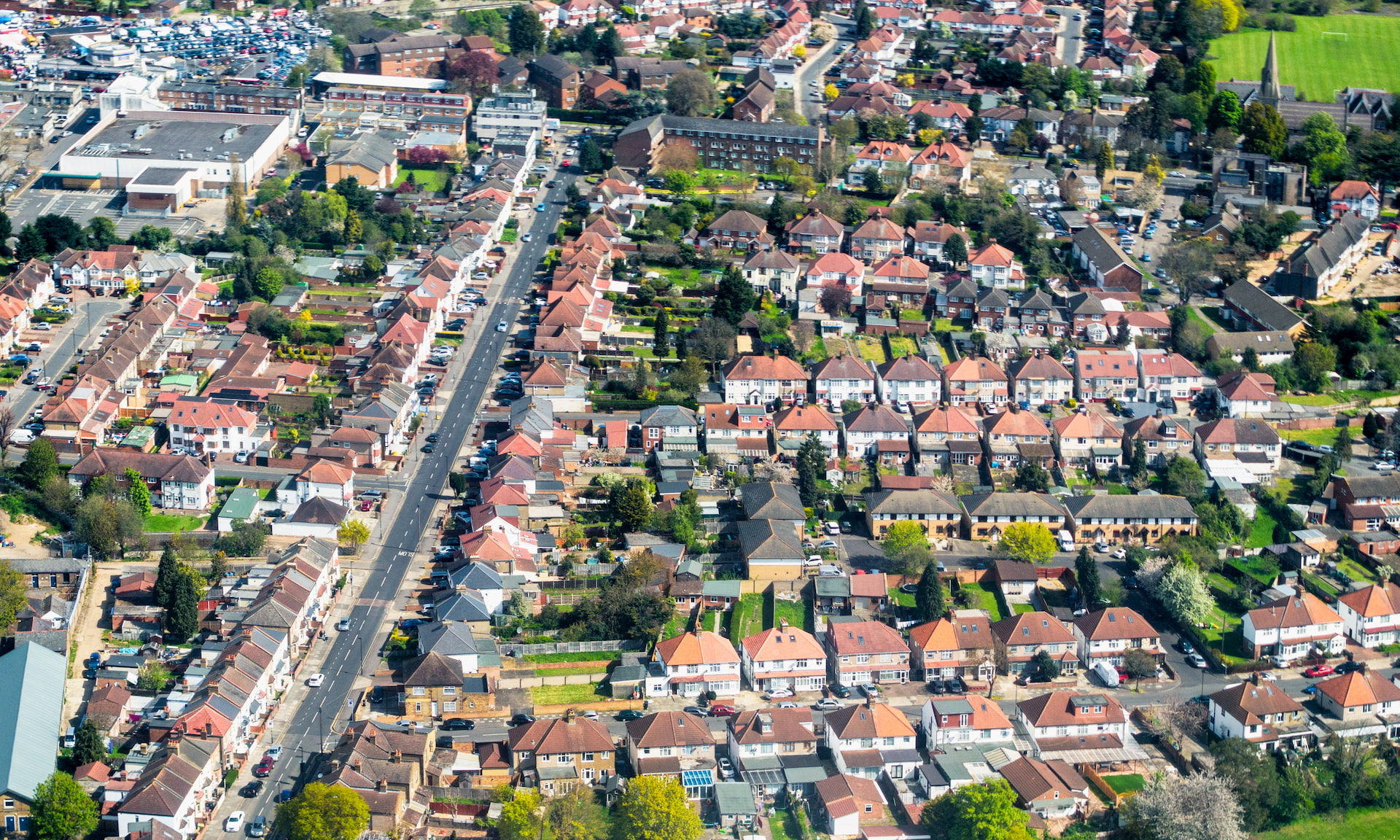
Whether you’re a first-time buyer, homemover or a homeowner looking to remortgage, it’s a complicated time to navigate the mortgage market.
In the past few months, banks have been withdrawing and reinstating deals based on the government’s regulations and their own resources.
And with mortgage payment holidays and lending rules for furloughed customers adding further complexity, it’s no surprise that borrowers feel confused about their options.
Here, we explain the current state of play for people looking to take out or switch a mortgage, and offer advice on whether now is the time to get a good rate.
Mortgage options for first-time buyers
The picture has looked bleak for first-time buyers since lenders cut the vast majority of their low-deposit deals in the wake of the coronavirus outbreak, leaving very few options for those with the smallest deposits.
Are 90% and 95% mortgages returning?
In the past few days, Yorkshire Building Society has launched a new 90% mortgage, but with Nationwide having just withdrawn its 90% and 95% range, it’s a tumultuous time for low-deposit deals.
The table below shows how the number of available deals has fallen since the start of March.
90% loan-to-value
| Type of deal | Number of deals (March) | Number of deals (June) | Difference (%) |
| Two-year fix | 294 | 21 | -93% |
| Five-year fix | 137 | 30 | -78% |
95% loan-to-value
| Type of deal | Number of deals (March) | Number of deals (June) | Difference (%) |
| Two-year fix | 269 | 10 | -96% |
| Five-year fix | 142 | 12 | -92% |
Overwhelming demand
Moneyfacts says first-time buyers may even struggle to secure mortgages that are still available. It says that HSBC offers the lowest 90% rates but is limiting the number of applications it will accept on each day.
Eleanor Williams of Moneyfacts says: ‘Lenders have found that they have been overwhelmed by the level of demand, resulting in some needing to withdraw deals only recently relaunched in order to manage their workload.’
‘The reintroduction of more deals for those with a 10% deposit, or even less, by more lenders would hopefully provide prospective purchasers with the choice they need to move forwards with buying a home.’
With this part of the market very much in flux, you might consider waiting until later in the year to buy a property or, if you’re set on moving now, take advice from an independent mortgage broker about your options.
Moving home or remortgaging: best rates
If you’re looking to move home or remortgage in the next few months and can put up 15% or more, you’ll have plenty of mortgage options and be in line for a good rate.
At 60%, 75% and 85% loan-to-value, there are more than 100 two-year and five-year deals currently on the market, as shown in the chart below.
And the best rates are attractive too. Data from Moneyfacts shows that deals are available right up to 85% LTV with a rate significantly below 2%, as shown below.
| 60% LTV | 75% LTV | 85% LTV | |
| Two-year fix | 1.14% (Barclays) | 1.14% (Leeds) | 1.59% (HSBC) |
| Five-year fix | 1.36% (HSBC) | 1.46% (HSBC) | 1.73% (Yorkshire BS) |
If you’re thinking of buying a home this year, check out our story on the effect of coronavirus on house prices.
Can I get a mortgage if I’ve been furloughed?
So far, we’ve looked at how many deals are available and at what rates. But for some homebuyers and remortgagers, the biggest issue will be getting accepted when they come to apply.
If you’ve been furloughed during the COVID-19 outbreak, you might find your options are more limited than before.
Lenders have collectively agreed that their existing customers can remortgage on the same terms, regardless of whether their income has been affected by the pandemic.
If you’re looking to borrow more when remortgaging, switch to another lender, or take out a new mortgage to move home, however, you might find that banks will only take into account your furloughed income.
This means that your borrowing power might be assessed on only 80% of your usual income, potentially cutting the amount you can borrow, or preventing you from accessing a good deal.
Some banks will consider any top-ups from your employer if it provides a letter of confirmation, while smaller lenders may be more likely to assess applications on a case-by-case basis.
If you’re thinking of getting a mortgage after being furloughed, consider speaking to a broker about the options available to you.
Find out more: can you remortgage if you’ve been furloughed?
What to do if you’re struggling to pay your mortgage
If your finances have been affected by the COVID-19 outbreak, you can apply to pause your mortgage payments for three months.
If you haven’t yet applied for a payment holiday, you can do so until 31 October. If you already have a payment holiday, you can extend this by a further three months.
It’s important to note that if you defer your payments it will take you longer and cost you more to pay off your mortgage. And, while a payment holiday won’t affect your credit score, banks could still take it into account when assessing your affordability for any future borrowing.
With this in mind, it’s worth contacting your lender to see which alternative options are available before pausing your payments.
Our advice on the coronavirus outbreak
Experts from across Which? have been compiling the advice you need to stay safe, and to make sure you’re not left out of pocket.
You can keep up to date on our latest coverage over on our coronavirus news and advice section.



